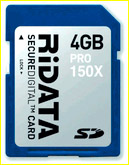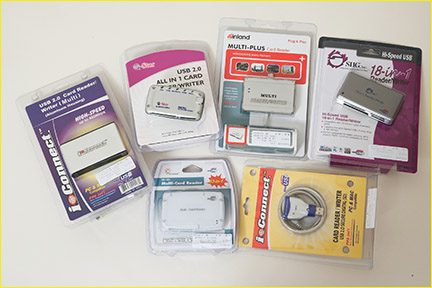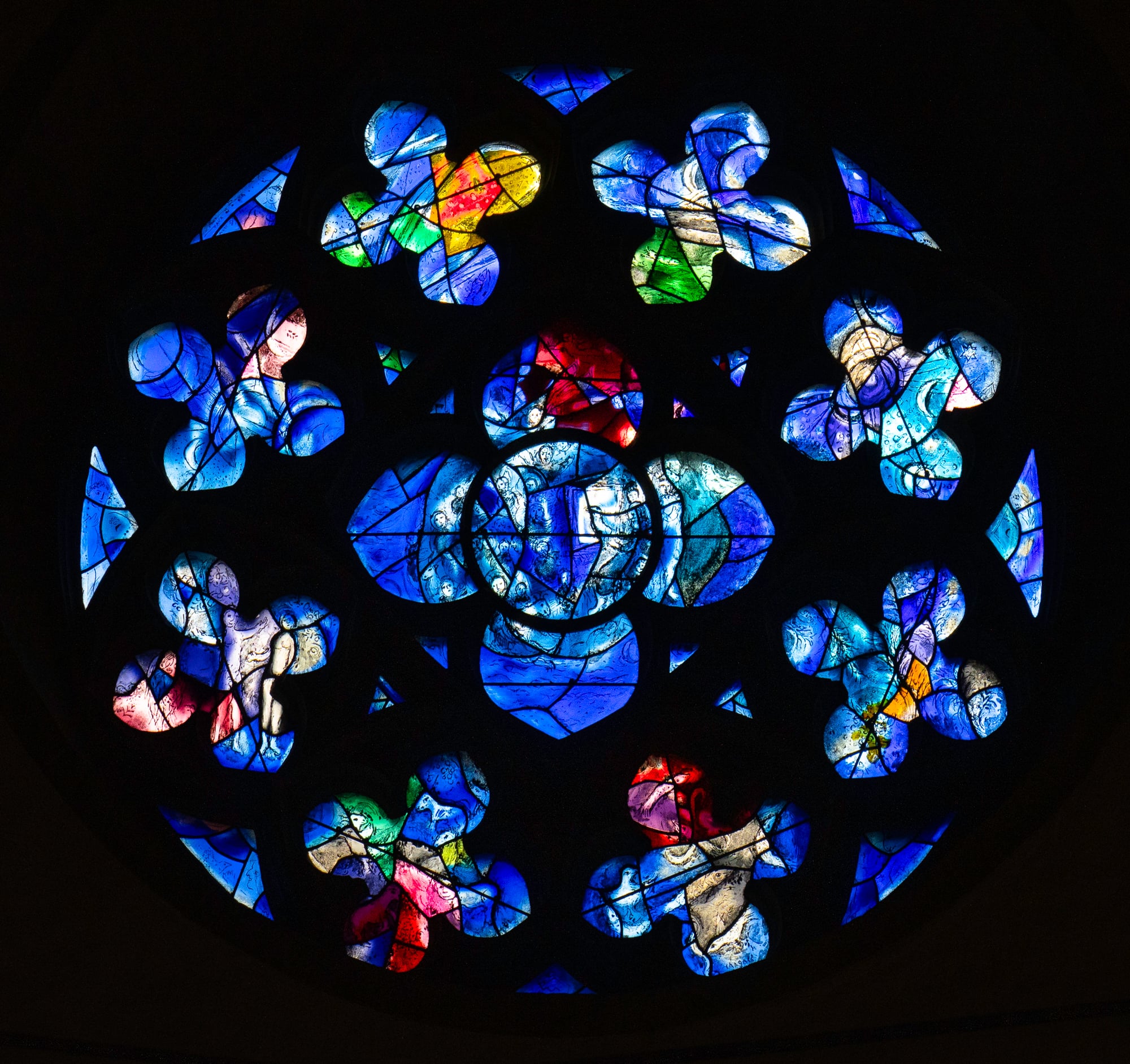By Stan Jirman
 The first few 4GB SD cards have recently hit the streets, but because only few cameras actually support these cards, there’s a lot of uncertainty among consumers about what works and what does not. Knowing that myCanon 1Ds MK2camera won’t be able to format such a card, but hoping it would work once formatted, I ordered aRiData 4GB 150x SD card. With great anticipation I put it into the camera, and … well, let’s say things got quite a bit complicated. Initially, the camera could not do anything with it. It seemed like it wasn’t formatted. Since the camera didn’t know how to format it, I had to find other means of achieving that. Interestingly, my wife’s Canon SD500 could format it just fine (go figure). Once formatted I put it into my 1Ds MK2 and filled it with pictures up to capacity. When I put the card into the card reader, my Mac G5 was not very happy. The card would not mount, and the disk utility program told me that the card was 955MB in size and not readable. After some research, including help from one of Apple’s filesystem engineers, it turned out that this problem occurs on both Mac and Windows machines, and is due to incompatibility of the card reader. This meant that I had to find a card reader that works with 4GB SD cards. I set out to the local electronics store and bought every USB 2.0 SD / multi card reader they had, and tested them. Those that worked in the first place I also subjected to a performance test. The results should make you wonder where the USB 2.0 speed went… Measurements were performed using an identical chunk of data (roughly 500MB of pictures) from a SanDisk Ultra 1GB SD card and a Lexar 80x 1GB CF card (the fastest I had at my disposal) on a PowerMac Quad G5, directly connected to front USB 2.0 port. Copy performance was measured in Tiger Finder, copying onto an internal 400GB SATA drive, without imposing any additional overhead. _______________________________________________________________
The first few 4GB SD cards have recently hit the streets, but because only few cameras actually support these cards, there’s a lot of uncertainty among consumers about what works and what does not. Knowing that myCanon 1Ds MK2camera won’t be able to format such a card, but hoping it would work once formatted, I ordered aRiData 4GB 150x SD card. With great anticipation I put it into the camera, and … well, let’s say things got quite a bit complicated. Initially, the camera could not do anything with it. It seemed like it wasn’t formatted. Since the camera didn’t know how to format it, I had to find other means of achieving that. Interestingly, my wife’s Canon SD500 could format it just fine (go figure). Once formatted I put it into my 1Ds MK2 and filled it with pictures up to capacity. When I put the card into the card reader, my Mac G5 was not very happy. The card would not mount, and the disk utility program told me that the card was 955MB in size and not readable. After some research, including help from one of Apple’s filesystem engineers, it turned out that this problem occurs on both Mac and Windows machines, and is due to incompatibility of the card reader. This meant that I had to find a card reader that works with 4GB SD cards. I set out to the local electronics store and bought every USB 2.0 SD / multi card reader they had, and tested them. Those that worked in the first place I also subjected to a performance test. The results should make you wonder where the USB 2.0 speed went… Measurements were performed using an identical chunk of data (roughly 500MB of pictures) from a SanDisk Ultra 1GB SD card and a Lexar 80x 1GB CF card (the fastest I had at my disposal) on a PowerMac Quad G5, directly connected to front USB 2.0 port. Copy performance was measured in Tiger Finder, copying onto an internal 400GB SATA drive, without imposing any additional overhead. _______________________________________________________________
Card Readers That Worked
- Inland Multi-Plus Card Reader
- CF read: 4:42 min
- SD read: 3:38 min
- Notes: Permanently attached long, soft cable; interfers with USB speakers; SD card is inserted “upside down”
- Q-Stor All-In-1 Card Reader/Writer
- CF read: 4:43 min
- SD read: 3:39 min
- Notes: The smallest and lightest of the bunch
- Macsense CR-101 Multi-Card Reader
- CF read: 4:42 min
- SD read: 3:37 min
- Notes: SD card is inserted “upside down”
- SIIG 18-in-1 Reader/Writer
- CF read: 1:22 min
- SD read: 1:38 min
- Notes: Looks bigger than others at first but really isn’t, most expensive ($25) – but way faster than the others!
- Macally all-in-one
(no speed test performed due to its unappealing, large size and permanently attached, stubby USB cable)
For reference, I also measured my SanDisk “puck” FireWire CF card reader, at 1:27 for the same CF card.
_______________________________________________________________
Card Readers That Did Not Work:
A number of card readers failed to correctly mount a 4GB SD card, both on the Mac as well as on Windows:
- Lexar 12-in-1 USB 2.0 reader
- Belkin all-in-1 USB 2.0 reader
- Whole family of i.Connect USB 2.0 readers
What does this tell us? First, not all “USB 2.0” card readers are fully as fast as they could be, so you may be well advised comparing the read performance. Second, if you are planning on using 4GB or larger SD cards (in the future, anyway) you need to make sure that you get a reader that can actually read them. Based on the above, you can imagine which reader I’ll keep and which will go back.
Read this story and all the best stories on The Luminous Landscape
The author has made this story available to Luminous Landscape members only. Upgrade to get instant access to this story and other benefits available only to members.
Why choose us?
Luminous-Landscape is a membership site. Our website contains over 5300 articles on almost every topic, camera, lens and printer you can imagine. Our membership model is simple, just $2 a month ($24.00 USD a year). This $24 gains you access to a wealth of information including all our past and future video tutorials on such topics as Lightroom, Capture One, Printing, file management and dozens of interviews and travel videos.
- New Articles every few days
- All original content found nowhere else on the web
- No Pop Up Google Sense ads – Our advertisers are photo related
- Download/stream video to any device
- NEW videos monthly
- Top well-known photographer contributors
- Posts from industry leaders
- Speciality Photography Workshops
- Mobile device scalable
- Exclusive video interviews
- Special vendor offers for members
- Hands On Product reviews
- FREE – User Forum. One of the most read user forums on the internet
- Access to our community Buy and Sell pages; for members only.














